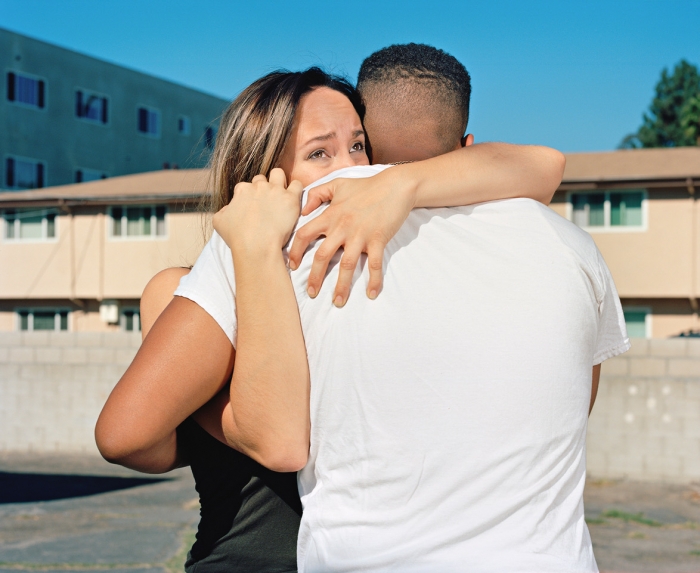Recycled Icons
Text by Max Pinckers
First published in Photo No-Nos, edited by Jason Fulford, Aperture, New York, 2021
Documentary photography has always contended with tension between form and content—the subject (and their agency) versus the visual qualities of the photograph itself. Constricted by the frame, photographs cannot escape the fundamental aesthetic conventions that govern it, and the subjects depicted within it cannot become unstuck from the frame. The danger is when visual tropes are arbitrarily applied to whichever subject in whichever situation, simply because of their effective visual rhetoric.
Documentary photography, and especially its cousin photojournalism, is dominated by these recognizable templates, a form of recycled iconography, casting the world in the same mold over and over again. You know them, perhaps unconsciously or by some kind of deeply engrained affinity: pietà figures, toys or shoes amongst the rubble, bodies emerging from the smoke, wailing women, faces half submerged in water, eyebrows peaking over the bottom of the frame, black silhouettes against brightly lit landscapes, hands displaying objects of interest, kids jumping in the water, feet dangling in the top of the frame, a bomb’s distant smoke-cloud rising above a city, close-ups of emotionally distressed people, photographs made through car windows or other frames-within-the frame. When applied, conformist aesthetics overpower the subjects depicted. This is when photographic conventions become self-referential instead of self-reflexive.
For my book Margins of Excess (2018), I attempted to make photographs that create an expressive space for the subject yet also reflect on the limitations of this representation. For one thread in the book, I worked with actors in New York City and Los Angeles and used the signifiers of stock photojournalism to create empty containers of the perfect trope. The work referred to the classic examples often seen in the media after a tragic incident, such as a school shooting: close-ups of people embracing each other, portraits of spectators crying and hugging. These types of images are published over and over again with maximum emotional impact because readers can more comfortably identify with them than with images of the actual transgressive event. In remaking these types of photographs, the actors become professional mourners that seem to weep in our stead, like an ancient Greek chorus.

Performance #1 (Los Angeles), from the series Margins of Excess, 2018